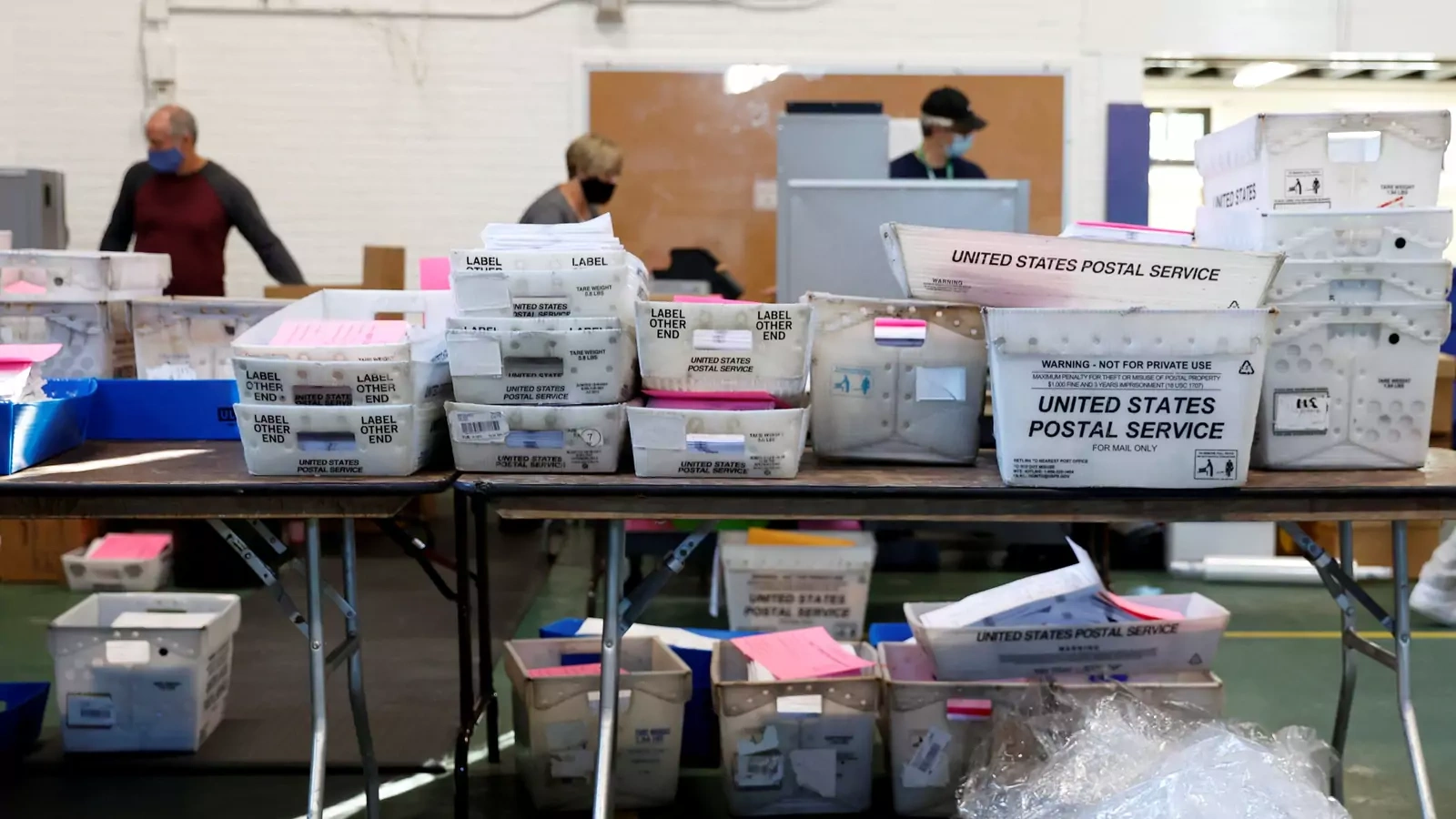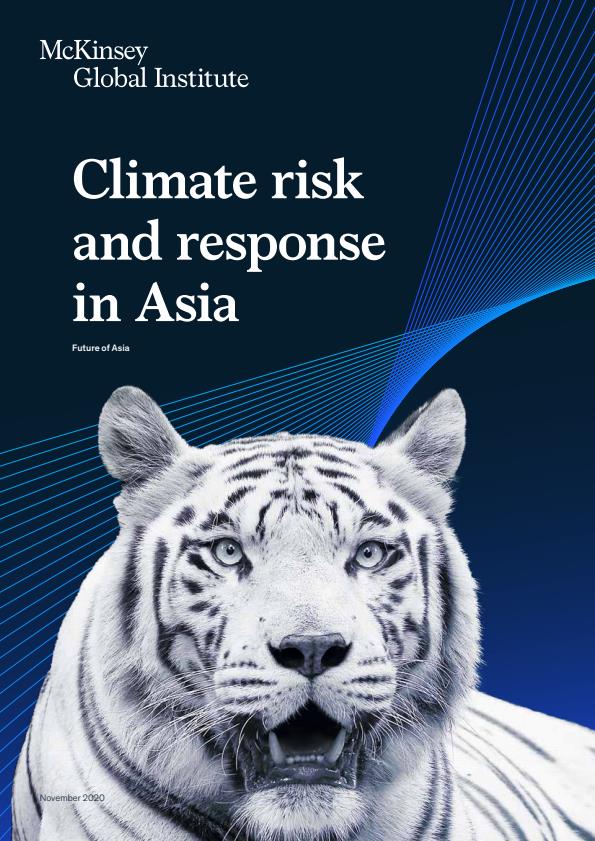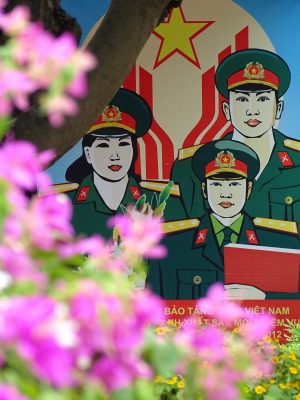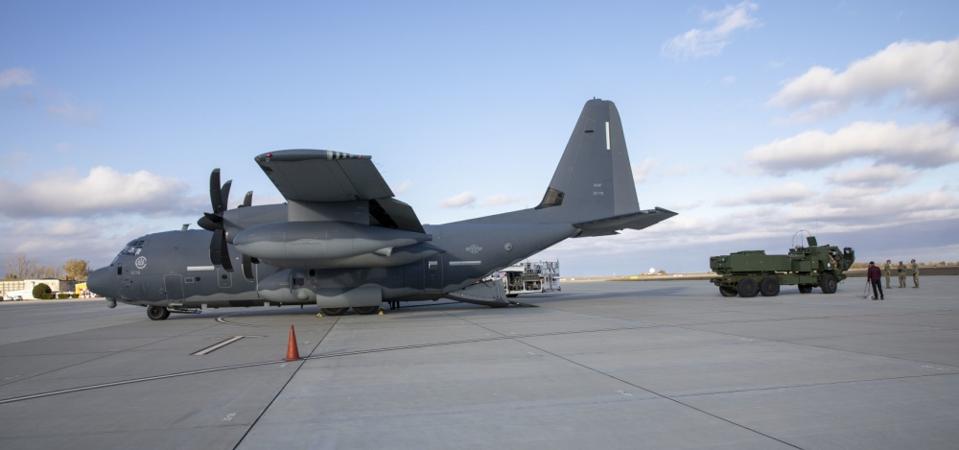
NEW DELHI: The crucial Personal Data Protection (PDP) Bill is likely to undergo a complete overhaul. Members of the joint parliamentary committee (JPC) scrutinizing the bill are of the view that its scope should be expanded from focus on personal data to encompass overall data protection.
During the ongoing clause-by-clause discussion of the Bill, a report on which could be submitted before the winter session of Parliament, members of the JPC believe that the Bill would now focus more on data, localisation of data and digitisation of data while personal data will only be part of the crucial Bill.
“The Personal Data Protection Bill is likely to undergo a complete transformation as the intent of the Bill is likely to get changed. Most of the members of JPC are of the view that the ambit of the Bill needs to be expanded and it cannot just be about personal data. JPC members are unanimous that PDP Bill should be about data and protection of data," said a person in the know of development.















